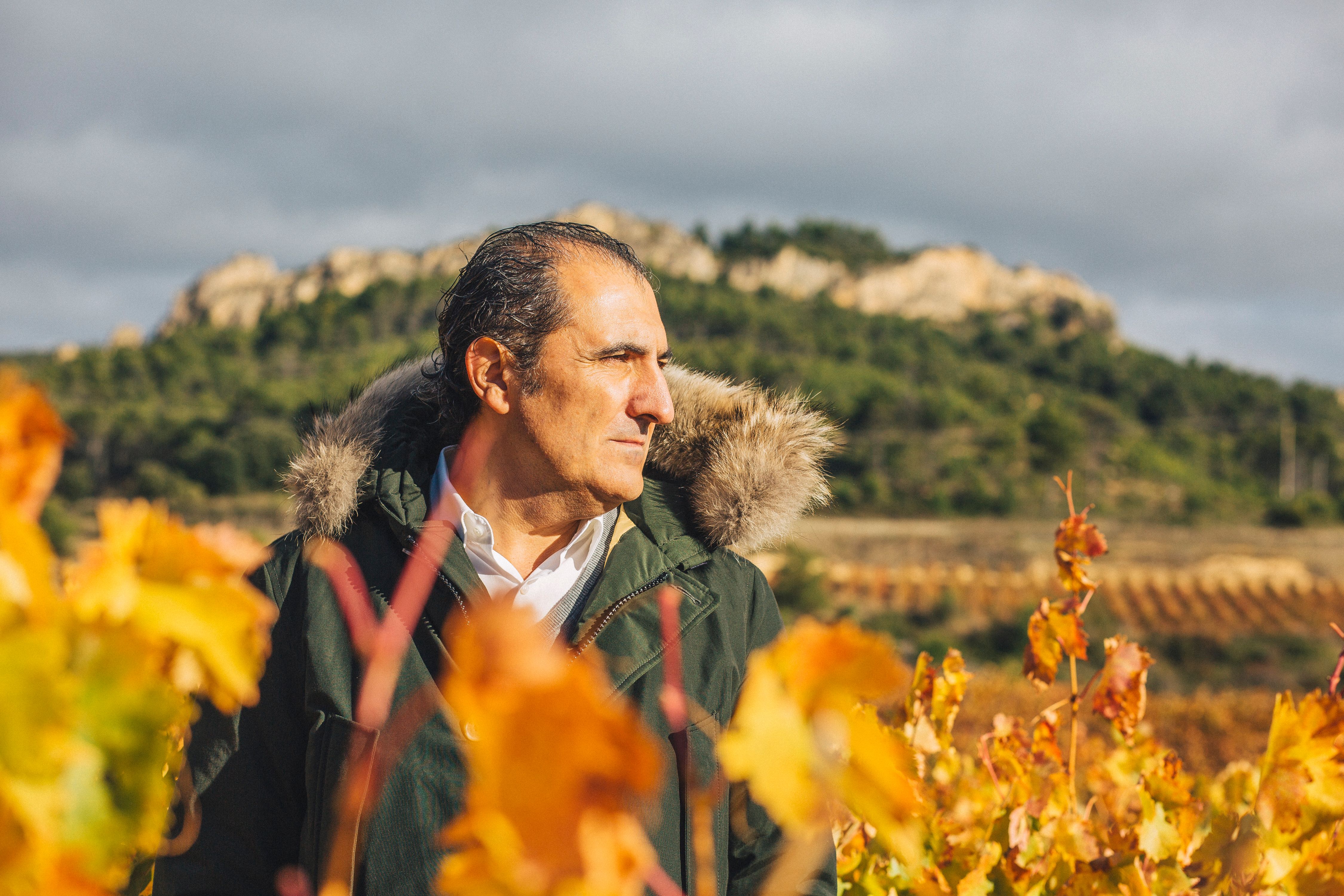As Ramón Bilbao celebrates its centenary this year, it is hard to believe that the man who established this hugely successful Spanish winery lived to enjoy a mere five of those hundred years. Born in 1876, Don Ramón spent most of his 54 years dreaming of owning a winery, first toiling over a cafe, then a grain warehouse before buying land and planting his own, post-phylloxera vines around Haro, at the Rioja region’s heart.
After Ramón’s untimely death, in 1929, the business passed to his son, Enrique Bilbao, the portmanteau ‘Ramón Bilbao’ went above the door, and what was one day destined to become a global wine brand was born.
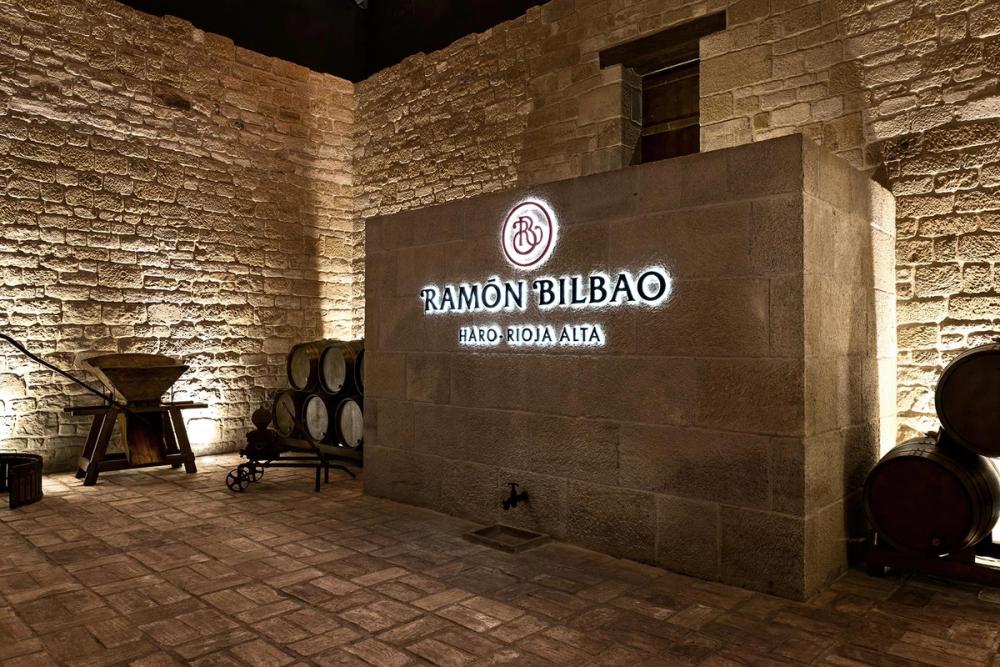
Ramón Bilbao has become one of Spain - and the world's - most well known and loved wine brands
Now part of the Zamora group - owners of Licor 43 and Martin Miller gin, with wineries extending as far as Mar de Frades in Rías Baixas and Cruz de Alba in Ribera del Duero - Ramón Bilbao is the jewel in the crown, offering modern styles of Rioja’s traditional wines, as well an innovative range of site specific cuvées.
Listed for the past six years as one of the world’s top 50 most admired wine brands, the fact that the portfolio is so highly regarded can largely be attributed to its guiding light, chief winemaker Rodolfo Bastida, for whom this year also marks a significant anniversary, as he notches up 25 years in the role.
An export success
Though part of a global multinational, Ramón Bilbao is no corporate monolith. Bastida insists that founder Don Ramón’s ethos still drives him and his colleagues with an entrepreneurial, non-conformist spirit and a restless pursuit of new boundaries for vine growing, most notably at a higher altitude, as well as new markets to sell its wares.
“We have never sold as much as now, our strategy is to continue growing, but ‘exports’ is the wrong word, (rather) it should be ‘markets’, because it is as important to sell in Madrid as it is in Stockholm. Our most important market is still Spain, close to 70% of our sales, but the UK, Central Europe, the US, Central America, the Dominican Republic, all have big possibilities for increasing the sales of Ramón Bilbao wines,” says Bastida.
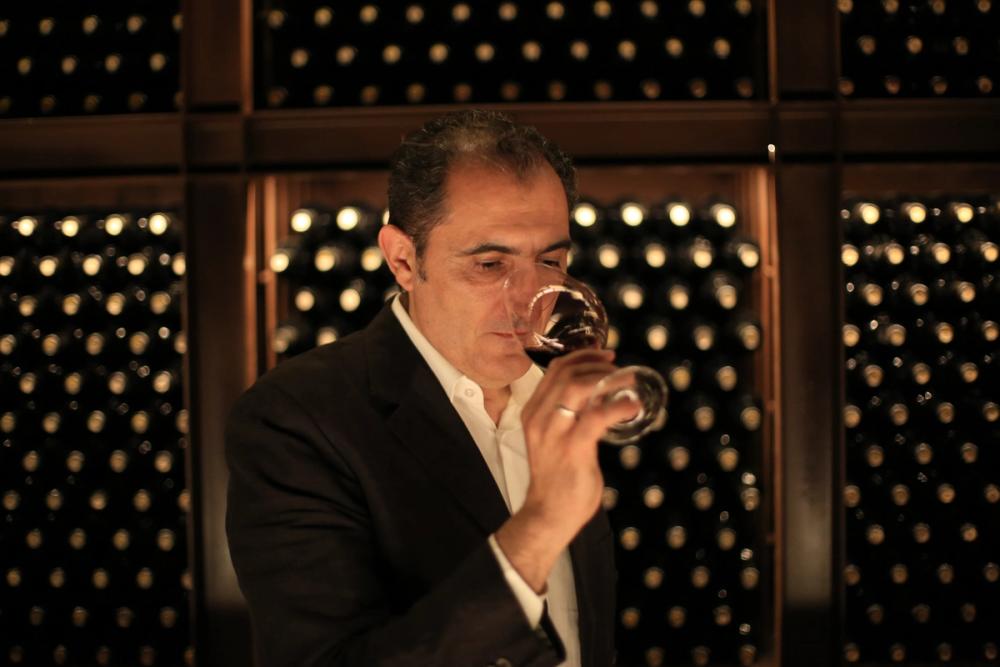
Rodolfo Bastida has helped change and adapt the styles of wine that Ramón Bilbao makes so it is relevant to consumers all over the world
“Of course you need to make beautiful wines, but at the same time you need people to know those wines (so) you need to put your bottles in different parts of the world.
"Just a couple of weeks ago, someone sent me a picture of a family (and) they were drinking Ramón Bilbao in Bali. We might not sell a lot of wine there, but this is a concept around reputation, more than just increasing sales.”
The importance of pursuing export growth is underlined by the latest annual report from the OIV (International Organisation of Vine and Wine) which lists Spain as the third largest wine producer in the world, in a declining market, with an output of 30.7 million hectolitres, a year-on-year decrease of 14% and a drop of 19% compared with the five year average.
While Spain’s domestic market still accounts for the majority of Ramón Bilbao’s sales, its export success has allowed it to remain focused on innovation and quality.
“The quality of Rioja wine is better than ever. The percentage of Rioja (in export markets) is still very small, so for me the only solution is to produce better wines and to try to conquer new markets. It is very easy to sit at the door of the winery and wait for people to come and buy your wines, but this is not what happens now, you need to take your bag and go and find new markets. In the US, for example, Spanish wines still have a very small share, so we need to increase the share of the market there.”
He cites his team’s development of two new, early harvest, lower alcohol wines as a recent example of its on-going innovation: “People are reducing their consumption of alcohol and they are looking for lighter wines and this is our proposition for that. The market is looking for these kinds of wines (and) the innovations of today are the traditions of tomorrow.”
Heading for the hills
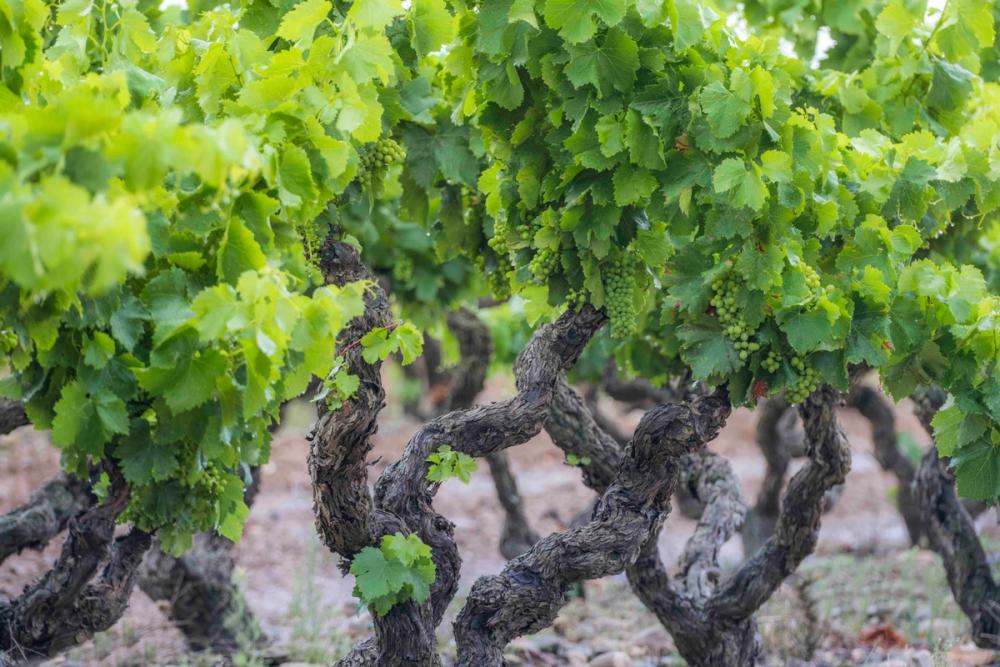
Ramón Bilbao works with vines that have grown up with the brand and are the DNA, the backbone of the wines it can make
While Viura would be considered the white grape of the Rioja region, Ramón Bilbao has been unafraid to explore new horizons, expanding its brand to Rueda, a couple of hundred kilometres away, on the high plateau of Castilla y Leon, where it produces Verdejo and Sauvignon Blanc at an altitude of 770 metres.
The move might have raised eyebrows at the time, however it aligns with Ramón Bilbao’s strategy of researching vineyard sites and varieties, particularly heritage grapes, that provide a fit with current consumer tastes and modern winemaking techniques.In its native region, there has been a move to higher altitude, exploring the region’s extremes, primarily in the pursuit of freshness.
“Growing in the mountains is very important (because) you have everything in one … it is cooler, the winds regulate the temperature, you have less nutrients, so the vineyards suffer more and produce more concentrated grapes … we experimented and found that we had unique conditions at both extremes of the Rioja region.”
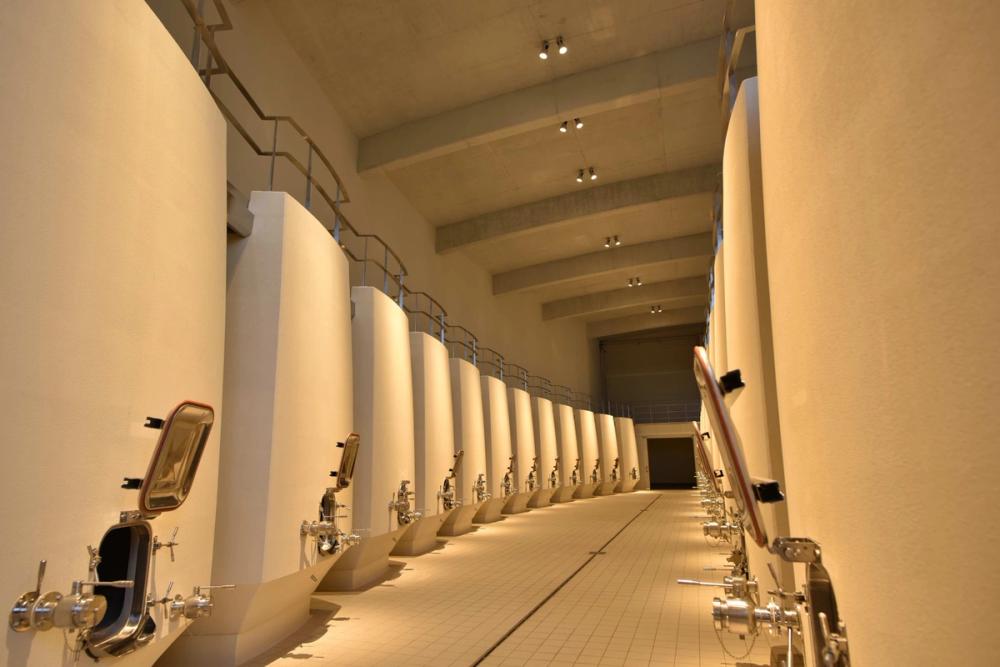
Ramón Bilbao is looking at new vinegrowing areas and ways to make its wines with an increased use of concrete to help soften styles and lower alcohol levels
The resulting wines - Límite Norte, a 50/50 blend of Maturana Blanca and Tempranillo Blanco and Límite Sur, a Garnacha - produced at an altitude between 500 and 600 metres, are merely two examples of Ramón Bilbao’s focus on innovation, which has also seen the launch of premium, plot-specific wines that transcend the traditional Rioja heirarchy, based on ageing.
“Until 1999, we produced traditional wines, Crianza, Reserva, Gran Reserva, then in ‘99 we started with Mirto (its top cuvée) and now that we know perfectly the vineyards that we grow in the area, this (was) the moment to produce single plot wines, such as Lalomba.The first was a rosé, Finca Lalinde, then the reds Finca Valhonta and Finca Ladero … the personality of every single plot is very important (and) for me Lalomba is the natural process of evolution in our house.”
Pursuing sustainability
While greater freshness might have been the primary aim, the pursuit of altitude has also been a key weapon in Bastida’s arsenal as he and his team seek to counter the effects of climate change and the existential threat that it poses.
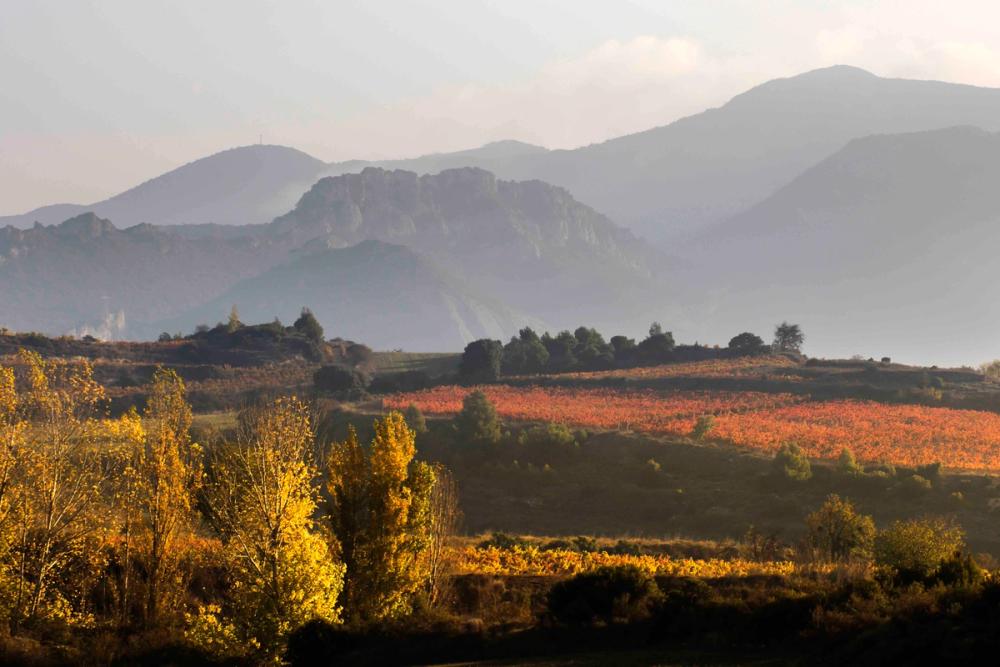
Looking for cooler climates to grow grapes and make wine is part of Ramón Bilbao's strategy
“My first vintage at Ramón Bilbao was in 1999 and we received the first grapes (of the harvest) on 19th October and last year, which was a hot year, we finished receiving the grapes on exactly the same day, so it is very evident what is happening with climate change,” he warns.
“When we planted a vineyard in the past, the books said you must plant north to south (but) now we are growing west to east, to protect the grapes … in the winery, we are reducing the time in contact with the skin and the temperature … when I began in the wine industry, the fermentation of the reds was close to 34 celsius and now are around 22 or 23 degrees.”
Tempranillo dominates Rioja, but Bastida is passionate about the revival of other heritage grape varieties, which he believes will also help counter the effects of climate change: “At the beginning of the 19th century, there were 44 different grape varieties in the region … after phylloxera, the reconstruction of the vineyards was mainly with Garnacha but then much of that was replaced in the 1970s because Tempranillo produced greater quantities and offered more security of production … Graciano is one of the traditional grapes of the region and there is very little production of it elsewhere in the world (and) it is better adapted to today’s climate conditions.”
In 2017, Ramón Bilbao joined the Wineries for Climate Protection programme and, last year, signed up to the International Wineries for Climate Action movement. It promotes biodiversity in the vineyards, using sheep manure as a fertiliser and sexual confusion to control predators, and uses 100% green energy in its operations.
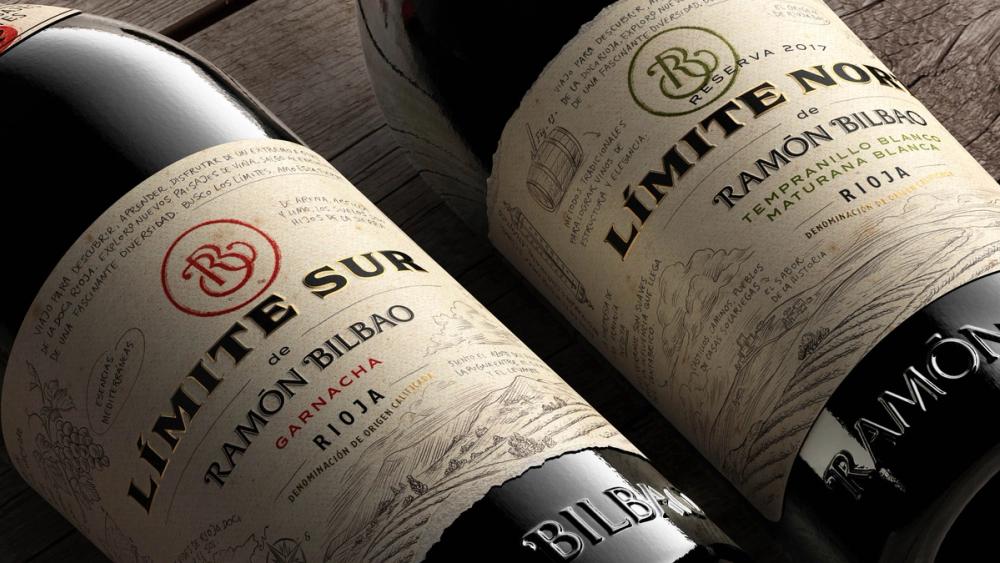
A current focus on carbon emissions has seen a reduction in bottle weight, with a 40g reduction in the glass weight of its latest rosé release, producing an annualised estimated saving of 248.42 tonnes of CO2.
“We are reducing the weight of our bottles, explaining to our consumers that when a wine comes in a lighter bottle, the wine is no worse.The UK is a very sensible country for understanding this, but we need to explain it in some other markets,” says Bastida, whose long-term goal is to see glass bottles being re-used, rather than just crushed and recycled.
As Ramón Bilbao launches into its next century, sustainability appears to be his overriding priority: “We are the vineyards’ keeper for the next generation,” he says.
* You can read more about Ramón Bilbao and its wines and the work it is doing at its website here.
* Ramón Bilbao is a commercial partner of The Buyer.

